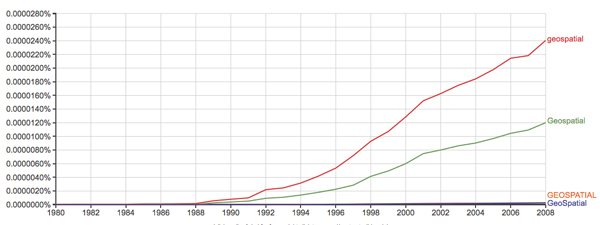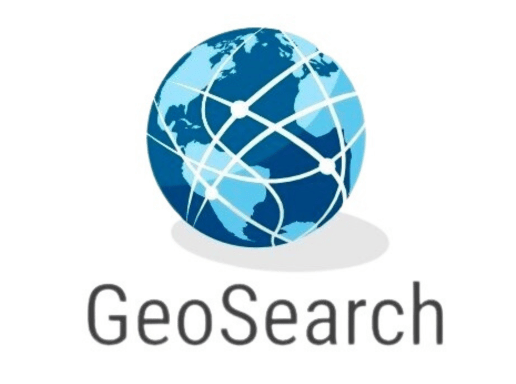GIS vs. Geospatial
When writing a resume and/or a job description, geospatial terms are often interchanged. Below are the basics in how to utilize this terminology to attract the right candidates to your job postings or employers to your resume.
Below are excerpts from an article from 2014 written by Caitlin Dempsey Morais. She has been the editor of GIS Lounge since 2001.
The terms GIS (which most commonly is an acronym for Geographic Information Systems) and geospatial are often used interchangeably. There are differences in what the terms GIS and geospatial mean.
What is GIS?
GIS refers to a system where geographic information is stored in layers and integrated with geographic software programs so that spatial information can be created, stored, manipulated, analyzed, and visualized (mapped).

What is Geospatial Data?
The word geospatial is used to indicate that data that has a geographic component to it. This means that the records in a dataset have locational information tied to them such as geographic data in the form of coordinates, address, city, or ZIP code. GIS data is a form of geospatial data. Other geospatial data can originate from GPS data, satellite imagery, and geotagging.
What is Geospatial Technology?
Geospatial technology refers to all of the technology used to acquire, manipulate, and store geographic information. GIS is one form of geospatial technology. GPS, remote sensing and geofencing are other examples of geospatial technology.
Reference: https://www.gislounge.com/difference-gis-geospatial/
